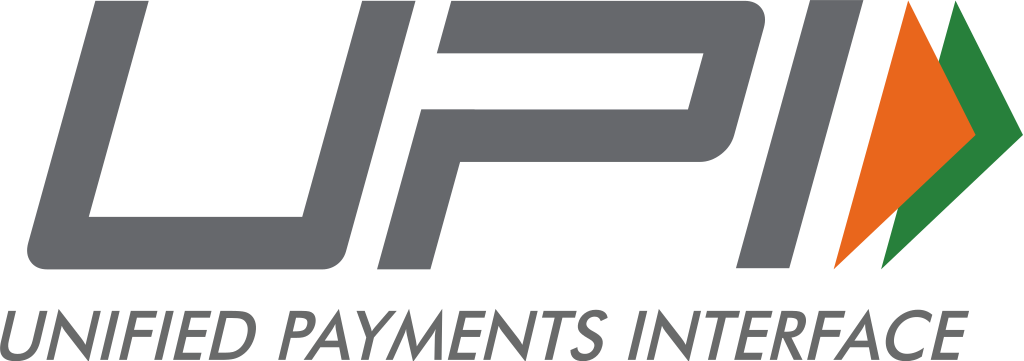IMF says India becomes global leader in fast payments technology.
In a landmark recognition of its digital transformation, India has emerged as the global leader in fast payments, according to a recent report by the International Monetary Fund (IMF). The IMF’s Fintech Note, titled “Growing Retail Digital Payments: The Value of Interoperability”, highlights how India’s Unified Payments Interface (UPI) has revolutionized the payments landscape—both in scale and efficiency. Launched in 2016, UPI has evolved into the world’s most extensive and interoperable real-time payments infrastructure, processing over 18 billion transactions monthly and accounting for nearly half of all global real-time digital payments and the upi capture the 85% of India’s digital payments and nearly 50% globally. Upi handles 640+ billion transactions daily basis.
India’s leadership in real-time payments is not an accident. It reflects years of bold digital groundwork and a vision to use technology for inclusive growth. UPI is no longer just a payment system. It is a global benchmark for innovation in public digital infrastructure.
Key Features of India’s UPI Ecosystem:
- Interoperability: Unified interface across banks and apps like PhonePe, GPay, Paytm.
- Inclusiveness: Aadhaar-linked, USSD-enabled, multilingual access—enabling rural digital payments.
- Innovation Stack: Built atop India Stack (Aadhaar, eKYC, DigiLocker, Account Aggregator).
- Security Protocols: Real-time fraud detection, tokenisation, and regulatory compliance.
- Govt–Private Partnership: NPCI + fintech startups + RBI = scalable, resilient digital infrastructure.
UPI Leads the World in Real Time Payments
India’s Unified Payments Interface is also now the world’s number one real-time payment system. It has surpassed Visa to take the lead in processing daily transactions. UPI handles more than 640 million transactions every day, compared to Visa’s 639 million. This scale is extraordinary, especially when you consider that UPI achieved it in just nine years.
As mentioned earlier, UPI now accounts for almost 50 per cent of transactions globally. This shows the strength of an open and interoperable system built for speed and simplicity.
The success story does not stop at home. UPI is making its presence felt across borders. It is already live in seven countries, including the UAE, Singapore, Bhutan, Nepal, Sri Lanka, France and Mauritius. Its entry into France is a milestone because it is UPI’s first step into Europe. This allows Indians travelling or living there to pay seamlessly without the usual hassles of foreign transactions.
India is also pushing for UPI to become a standard within the BRICS group, which now has six new member nations. If this happens, it will improve remittances, boost financial inclusion and raise India’s profile as a global tech leader in digital payments.
How to change everyday life during using UPI
India’s rise as the global leader in real-time payments has deeply transformed the daily experiences of individuals, businesses, and even government services.
Cashless Shopping – Even on the Street
- Before UPI: People carried cash for everything—from buying vegetables to tea stalls and small groceries.
- Now: You can pay almost anyone—from a street vendor to a mall store—with just a smartphone and a QR code.
- Impact: No need to worry about change, wallets, or even on basic smartphones
Empowering the Unbanked & Rural India
- UPI + Jan Dhan + Aadhaar has allowed millions in rural areas to access banking services without visiting a branch.
- Women, farmers, and gig workers can now receive payments directly to their bank accounts—even on basic smartphones.
Impact: More financial independence, better access to subsidies and support
Easy Peer-to-Peer Transfers
- Sending money to friends or family is now as easy as sending a WhatsApp message.
- You don’t need to know someone’s account number—just their mobile number or UPI ID.
Example: Parents can instantly send money to their children in another city for emergencies, tuition, or daily expenses.
Digital Receipts & Expense Tracking
- Every UPI transaction comes with a real-time SMS or app notification and digital record.
- People can track expenses without needing a passbook or printed receipts.
Impact: Makes budgeting and managing personal finance much easier—especially for younger users.
Boost to Small Businesses & Local Merchants
- Small businesses can accept digital payments without investing in POS machines or paying high fees.
- UPI is free for merchants, with zero merchant discount rate (MDR).
Result: Higher sales, wider customer base, and less dependency on cash.
Digital Healthcare Payments
- Hospitals, clinics, and pharmacies now accept UPI—even in rural or Tier 2/3 cities.
- During emergencies, relatives can pay hospital bills instantly—even from a different city.
Reduced Need for ATMs and Banks
- With UPI available 24/7, even on Sundays and holidays, the need to visit ATMs or bank branches has drastically fallen.
- This is especially helpful in remote areas where ATMs are rare.
Faster Government Benefit Transfers
- Schemes like PM-KISAN, Direct Benefit Transfers (DBT), and NREGA payments are now credited in real time to beneficiaries’ bank accounts via UPI-linked systems.
Impact: Less leakage, no middlemen, and more trust in government support.
Cross-Border Potential (for NRIs & Tourists)
- UPI is being adopted in countries like Singapore, UAE, and France.
- Tourists from India can now pay via UPI abroad, and soon NRIs may use UPI to send money back home more easily.
- Also Read:- Brics Summit

